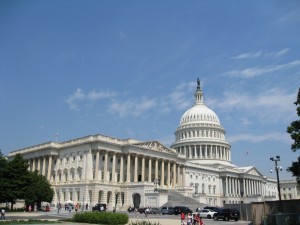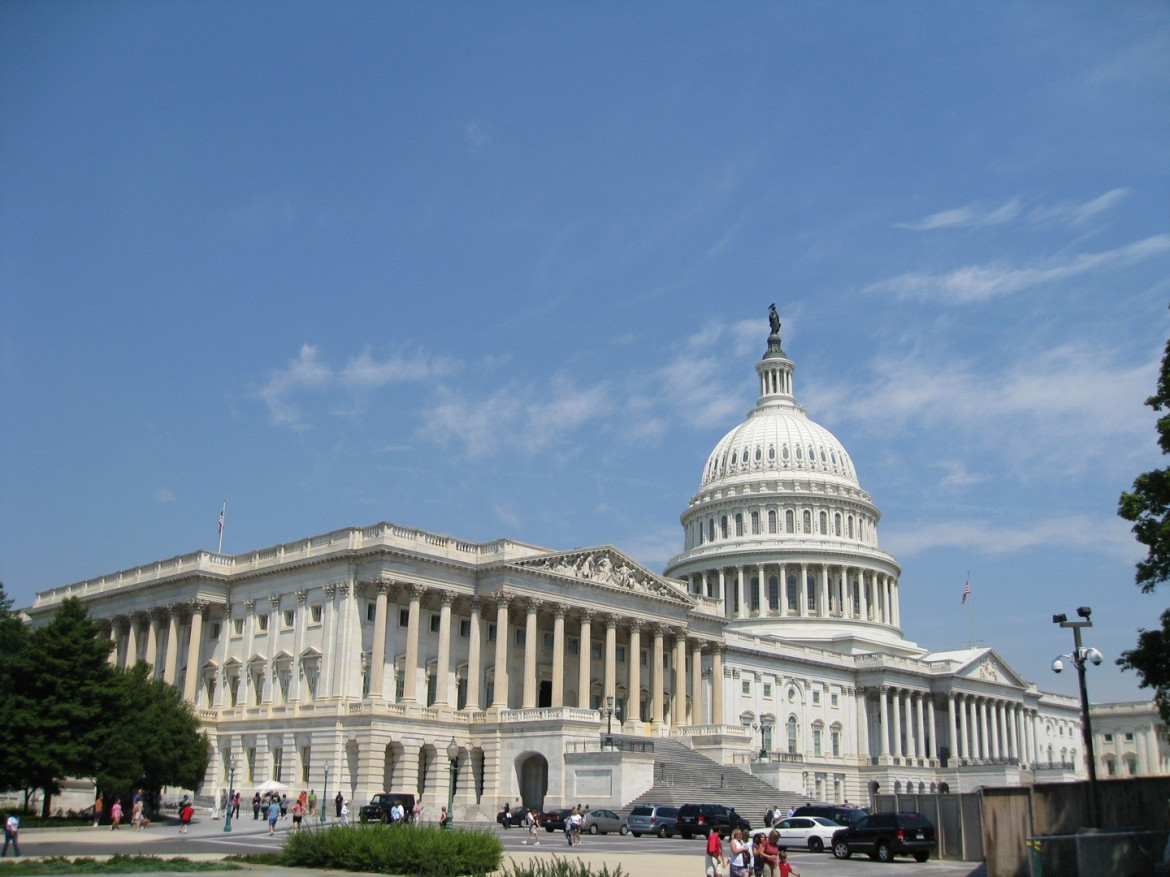 Already reeling from budget cuts over the last 10 years, federal programs affecting children are bracing for another $1.5 trillion in discretionary spending cuts throughout the next decade. As federal negotiations over a looming fiscal crisis continue, advocates are warning the White House and Congress that further cuts to discretionary and non-discretionary funding would have devastating consequences.
Already reeling from budget cuts over the last 10 years, federal programs affecting children are bracing for another $1.5 trillion in discretionary spending cuts throughout the next decade. As federal negotiations over a looming fiscal crisis continue, advocates are warning the White House and Congress that further cuts to discretionary and non-discretionary funding would have devastating consequences.
“How we tackle the problem, how the Congress approaches deficit reduction and who bears the burden of deficit reduction, is really the defining issue of the battle ahead of us,” said Ellen Nissenbaum, senior vice president for government affairs at the Center on Budget and Policy Priorities, speaking on a conference-call briefing organized last month by child advocacy organizations Coalition of Human Needs, Voices for America’s Children and the Children’s Leadership Council.
As part of a fiscal agreement with President Barack Obama last year, Congress passed the Budget Control Act, which slashed non-defense discretionary spending on programs like education, social services and public health by $1.5 trillion from 2013 to 2022. Now, the president and Congressional Republicans are facing off again over how the United States will prevent the so-called fiscal cliff, a combination of tax increases and deficit-reduction measures (known as sequestration) that will hit early next year and which is likely to take the country back into recession.
At the heart of the debate between the president and Congress is the question of how to reduce the federal deficit: how much expenditure will be cut by shrinking discretionary and non-discretionary federal programs, and how much, if any, new revenue will be raised through changes in the tax code? Child welfare advocates are pressing lawmakers to pass a progressive tax code to increase revenue, and to think carefully before making any more spending cuts.
“Most states feel like we’ve been dangling over the edge for a long time,” said Nancy Gannon Hornberger, executive director of the Coalition for Juvenile Justice, about the fiscal challenges to state agencies before the current danger posed by the fiscal cliff. Her Washington, D.C.-based organization brings together public and private partners from all 50 states to work on meeting federal standards for the treatment of children in the justice system, many of whom come from low-income or disadvantaged backgrounds.
Juvenile justice programs, which fall under discretionary spending, have seen a 56 percent reduction in federal funding over the last 10 years, Hornberger said, and face a further 8.2 percent cut through sequestration if Congress can’t reach a budget agreement.
All those cuts risk discourage states from trying to meet federal juvenile justice standards, Hornberger said. “A simple thing like adequate staffing to implement federal programs becomes unsustainable,” she said. “They start to feel like unfunded mandates.”
Cutting spending on entitlement programs like Medicaid could similarly discourage state participation and dramatically impact low-income families, advocates said. One-third of all children in the United States are served by Medicaid, pointed out Deborah Weinstein, executive director of the Coalition of Human Needs.
Non-discretionary spending on entitlement programs like Medicaid, Medicare and Social Security “has already been cut to the bone,” Nissenbaum said, displaying a chart that showed spending on those programs as a percentage of overall gross domestic product is at a historical low since the 1970s.
After the U.S. Supreme Court’s ruling on the Affordable Care Act earlier this year, which made the expansion of Medicaid to include more low-income families a choice left up to the states, any cuts in federal funds could lead already doubtful state governors to opt out of the expansion, Nissenbaum said – leaving millions of low-income families without health care coverage.
Opposing cuts to certain programs does not mean dismissing the problem of a rising federal deficit, Nissenbaum said. Child welfare advocates must take the long-term fiscal health of the country seriously, as unsustainable federal debt levels pose “a threat to the core programs that our most vulnerable Americans rely on, and certainly a threat to the need for more investments to meet critical unmet needs,” she said.
At the same time, any discussion on reducing the deficit must take into account the short-term critical needs of struggling families, as well as the long-term fiscal picture, Nissenbaum said. Serious decisions about how to solve the country’s debt problem should factor in the $1.5 trillion in discretionary funding cuts already sustained by programs for education, social services and public health; avoid any major structural changes to non-discretionary programs like food stamps, Medicaid, Medicare and Social Security; and include raising substantial new revenues, such as allowing decade-old tax cuts for high-income Americans to expire, she said.
“If the choice is between a bad deal – a deal that relies heavily on spending cuts and doesn’t protect the poor -- and no deal, that is simply, in our view, not a tough choice,” Nissenbaum said.
No deal would mean, metaphorically speaking, “going over the cliff” – allowing taxes to rise for 90 percent of American households, and reducing budgets for most federal programs by about 10 percent through automatic sequestration cuts. Such a catastrophe would be temporary, Nissenbaum argued: a rise in middle-class taxes would put enormous pressure on congressional Republicans and create a more favorable environment for the president and Democrats to negotiate raising revenues through higher taxes on high-income Americans and preserving funding for programs important to low-income families, she said.
“The single most important core principle that should guide all of the decisions around deficit reduction, and a principle that we must hold policymakers accountable for, is that deficit reduction should not increase poverty or income inequality,” Nissenbaum said.
The number of Americans living on less than $2 a day, a measure of poverty used by the World Bank, doubled between 1996 and 2011 to 1.46 million households with 2.8 million children, Nissenbaum said. She called the numbers “embarrassing.”
“The more educated we are about the fiscal picture and how we got here, the better advocates we are for programs that often are attacked as causing the deficit but in fact have nothing to do with the massive growth of deficits,” Nissenbaum said, displaying a slide that showed the largest growth in the federal deficit was caused by the cuts in federal income tax put in place under President George W. Bush 10 years ago, and by the wars in Iraq and Afghanistan.
Advocacy organizations like the Coalition of Human Needs, the Children’s Defense Fund and the Coalition for Health Funding are urging concerned citizens to contact their Congressional representatives and to write letters to the media, providing toolkits online to help citizens in their outreach.
Photo by Matti Mattila | Flickr
